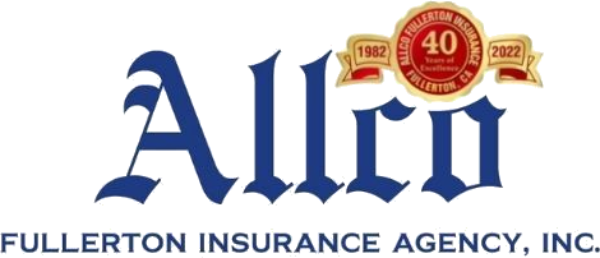
How Your Roof Affects Your Home Insurance
Did you know? Roofs are pivotal in determining homeowner insurance coverages and premiums.
- Insurance providers typically consider four factors that impact coverage, premium, and chances for renewal: Age, Condition, Materials and Shape.
- Keeping a roof in top condition and choosing durable materials may positively impact coverage in the long run, whereas deterioration, staining, curling shingles, and tree overhang may negatively impact coverage.
When determining your insurance coverage costs, providers often consider four factors:
- AGE
- The age of your roof may affect a few factors, including premiums, discounts and claim handling.
- Older roofs may receive limited or no coverage due the increased likelihood of a loss.
- IBHS (Insurance Institue for Business & Home Safety) research indicates homes with roofs older than 10 years are more susceptible to roof damage.
- Coverage in the event of a loss may be limited based on the age of the roof.
2. CONDITION
- Homeowner Insurance generally covers damage to your roof caused by a covered loss (e.g. fire, wind, etc).
- Homeowner Insurance will not cover damage if your roof is deteriorating due to wear & tear and/or lack of maintenance.
- Preexisting roof damage may lead to additional exterior and interior damage as the roof cannot withstand heavy rain, wind, snow, etc.
- Examples of roof concerns:
- Staining
- Lifting/cracking/missing/loose shingles
- Excessive granule loss
- Damage from trees/moss growth
3. MATERIALS
- Some types of roofing materials can withstand environmental impact better than others.
- Here are some of the most common types of roofing materials:
- Asphalt: Affordable and can be installed on an existing roof, but vulnerable to rot, decay, and removal.
- Tile: Both clay and concrete tile roofing are extremely long-lasting and low-maintenance, but installing/replacing is expensive, which may increase your insurance rates.
- Metal: Reflects sunlight and is resistant to fire, rot, and insects, but susceptible to hail and can be costly to install.
4. SHAPE
- Roof shapes and designs can impact a home's susceptibility to damages.
- A hip roof has slopes on all four sides and is more resistant to strong winds.
- A gable roof has only two slopes and carries a higher risk of collapsing or lifting in high-wind storms or hurricanes.
- A flat roof has no incline, which may accumulate water or snow, leading to a higher risk of potential long-term damage.

